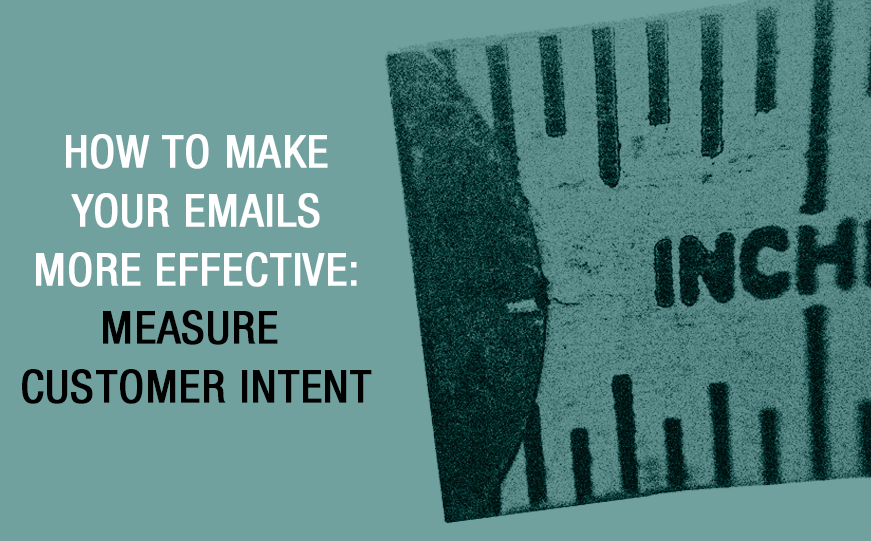If you don’t measure it, did it happen? Recent research claims that only eight percent of consumers reported being “very satisfied” with promotional emails.
Honestly, we’re surprised it’s that high.
Email has been around for decades, and it remains one of the most effective means of nurturing leads, whether a B2B or B2C opportunity. But it requires an obsession with your customers.
If you’re in the building products channel, or any industry, you need to know as much as you can about your customers. Who they are. What keeps them up at night. What are their unique needs and challenges.
But if that obsession isn’t reflected in your email strategy, you’re likely to be sending communications that simply put… get ignored. And yes, your customers will be among those 92 percent that are unsatisfied with them.
Too many marketers, when measuring the effectiveness of their emails, look only at open rates and click rates. While those metrics are important, it’s really only half the story.
Moving Customers Through the Funnel
Email is an outstanding tool for delivering middle-of-the-funnel content — allowing marketers to nurture valuable leads and guide them through the process of conversion to becoming a customer. In order to do that, email marketing must be able to measure customer “intent”.
In most circumstances, by the time people sign up or opt-in for your emails, they’ve done at least some initial research. They know who you are (awareness) and they are at least thinking about making a purchase to fill a need (consideration).
The next step in the funnel before a “trial”, “purchase” and the holy grail of “loyalty”… is intent. If people have signed up to receive your emails, they have in-effect given you permission to score them as a lead. So you should take advantage of the opportunity to optimize your lead-nurturing process and move these people through the sales funnel.
But first you must be able to measure intent.
Too many marketers, when measuring the effectiveness of their emails, look only at open rates and click rates. While those metrics are important, it’s really only half the story.
To get a true measure of customer intent in emails, you need to serve up content that answers people’s intent-oriented questions and help leverage their latent desire to begin down the purchase path. Elevating them from suspects to prospects.
During the “consideration” phase, prospects have questions about what it might be like to work with you. Depending on your product or service category, there’s likely no shortage of these type of specific queries on their mind:
- What does the product cost and are your packs suited for my inventory management?
- What offerings do you have that fit different solutions I may be considering?
- What options do you offer that I MAY NOT HAVE BEEN considering?
- What are the product specifications and applications that fit my particular opportunity?
- What are the shipping, delivery and installation options, based on my timing and needs?
- What is the warranty, in case I experience unforseen challenges?
If you can offer content that proactively answers those questions — or prompts prospects to click through to landing pages to find the answers — you’ll start to get a much better idea of how serious they are about buying your product or service. And new, whizzy marketing automation systems allow for the technology to score these leads by machine learning (with a numerical quotient) to ensure that the most valuable leads, based on intent… flow to the top for priority ranking.
Being customer-obsessed is an oft-misunderstood concept. It means more than just knowing who your customers are and what’s important to them.
It means examining behavior to get an idea of what your prospect’s needs are at any given moment.
Simply observe the evolving current Facebook saga. The world now knows — and has tacitly accepted — that a majority of all online traffic has already given you the permission (albeit somewhat still reluctantly) to be monitored. Most importantly, now brands only will need to learn how to best respond to that behavior… so in turn, you can provide audiences with the information they need to go from merely being measured for intent to the mutual-reward of celebrating making a purchase.
Now you may be thinking that your sales and marketing alignment efforts could use this type of tune-up. If so, let us know when you’d like to explore that bridge of opportunity in greater detail.




